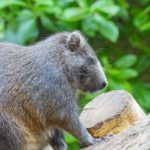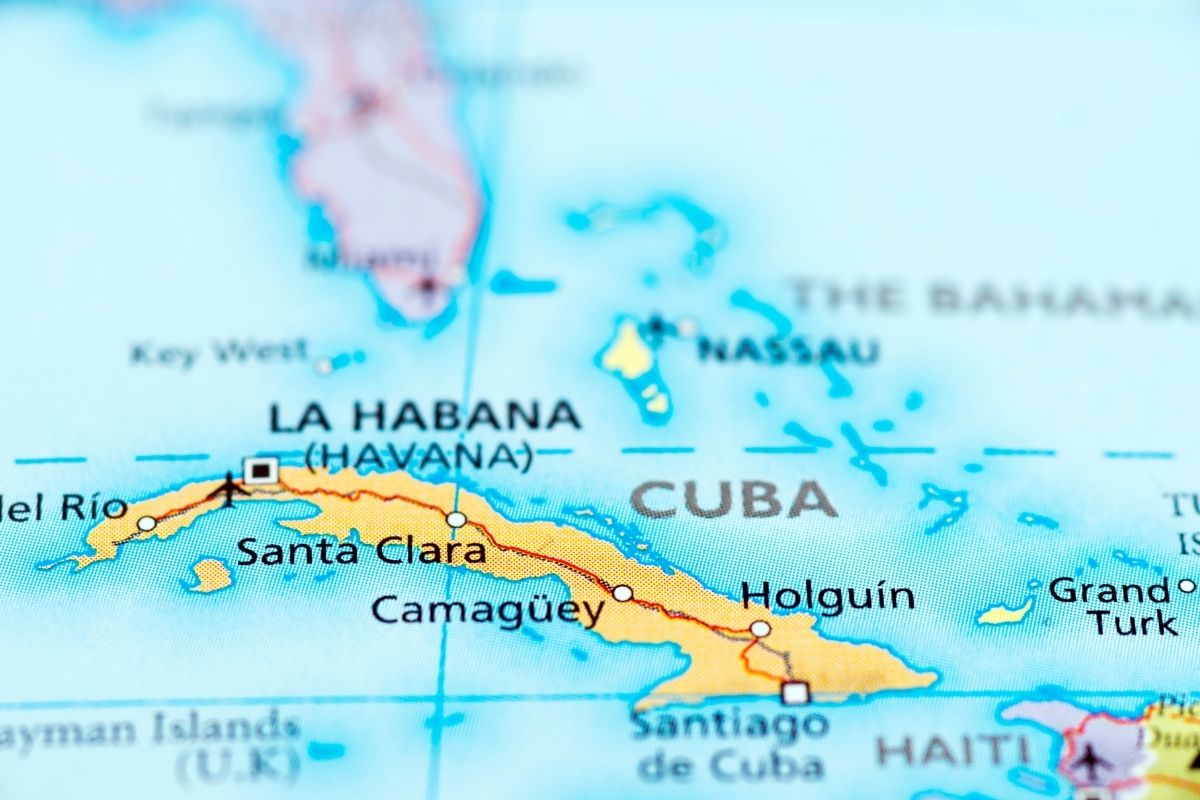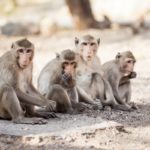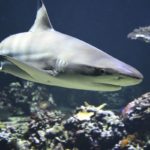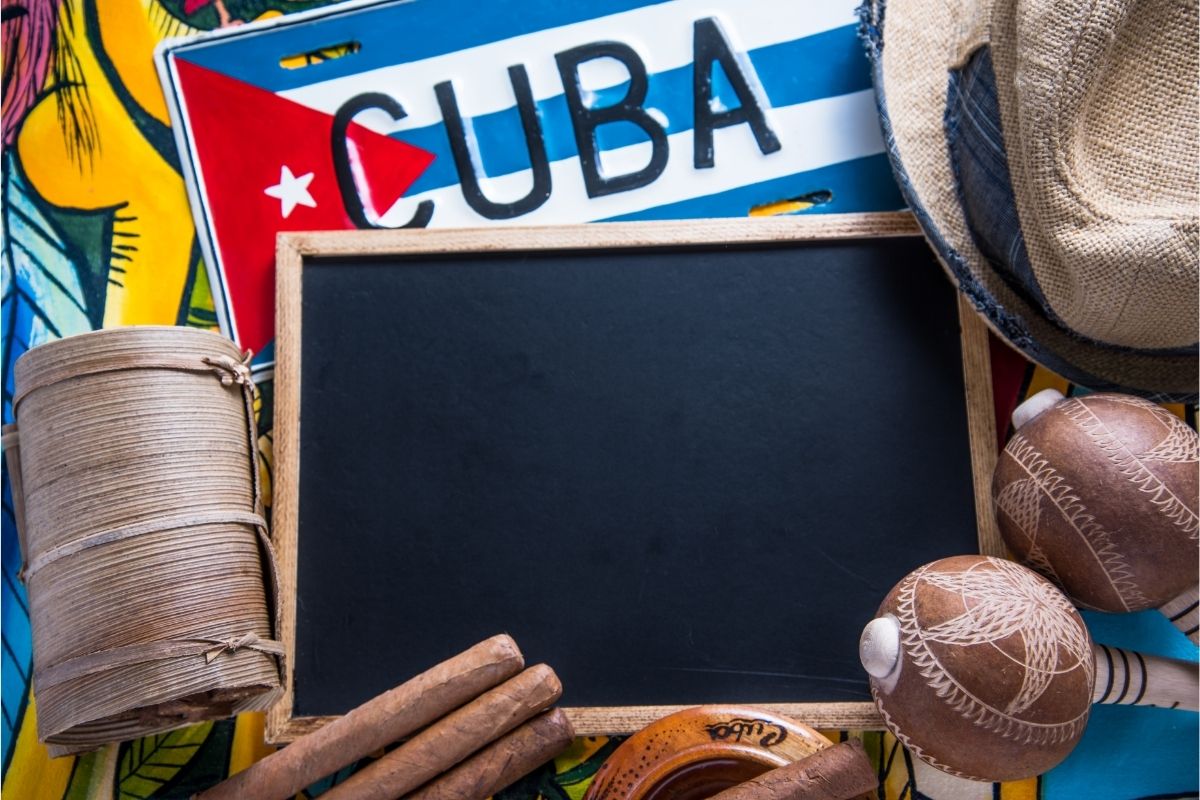The diversity of Cuba’s flora and fauna is second to none, with Cuba being situated between the Atlantic Ocean and the Caribbean Sea, it means that the island is teeming with wildlife.
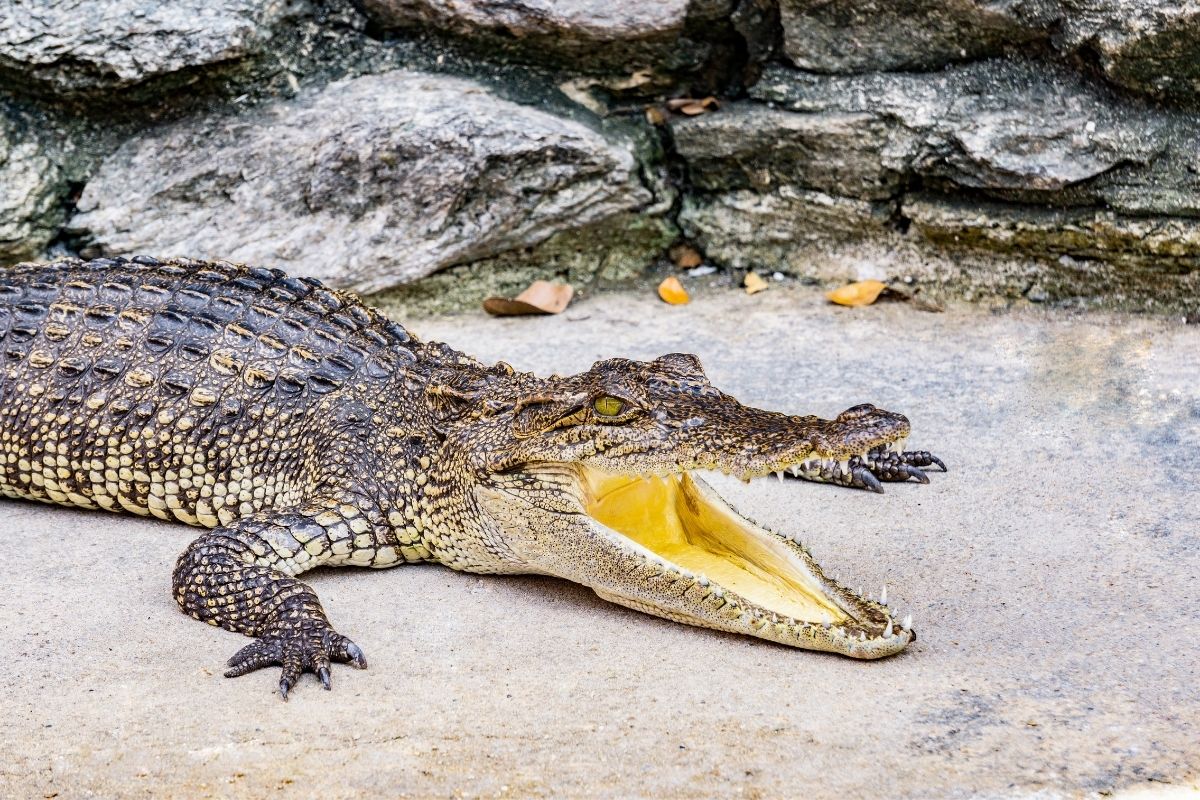
More plant and animal species take refuge here than anywhere else in the Caribbean due to Cuba’s diverse terrain of tropical forests, deserts, grasslands, wetlands and so many more.
You can pretty much find most species of animals in Cuba, but what about the dangerous ones?
Well, with any country that has a wildlife profile that is as diverse as Cuba’s, there’s bound to be a few dangerous animals living around the island.
With all the different activities that you may be partaking in around the island, it’s best to know a few of the most dangerous animals in Cuba, so that you can be on the lookout and avoid them.
In this article we’ll be outlining a few of Cuba’s most dangerous animal inhabitants, so that you can avoid them whilst you’re out exploring the country’s beautiful landscape.
Sharks
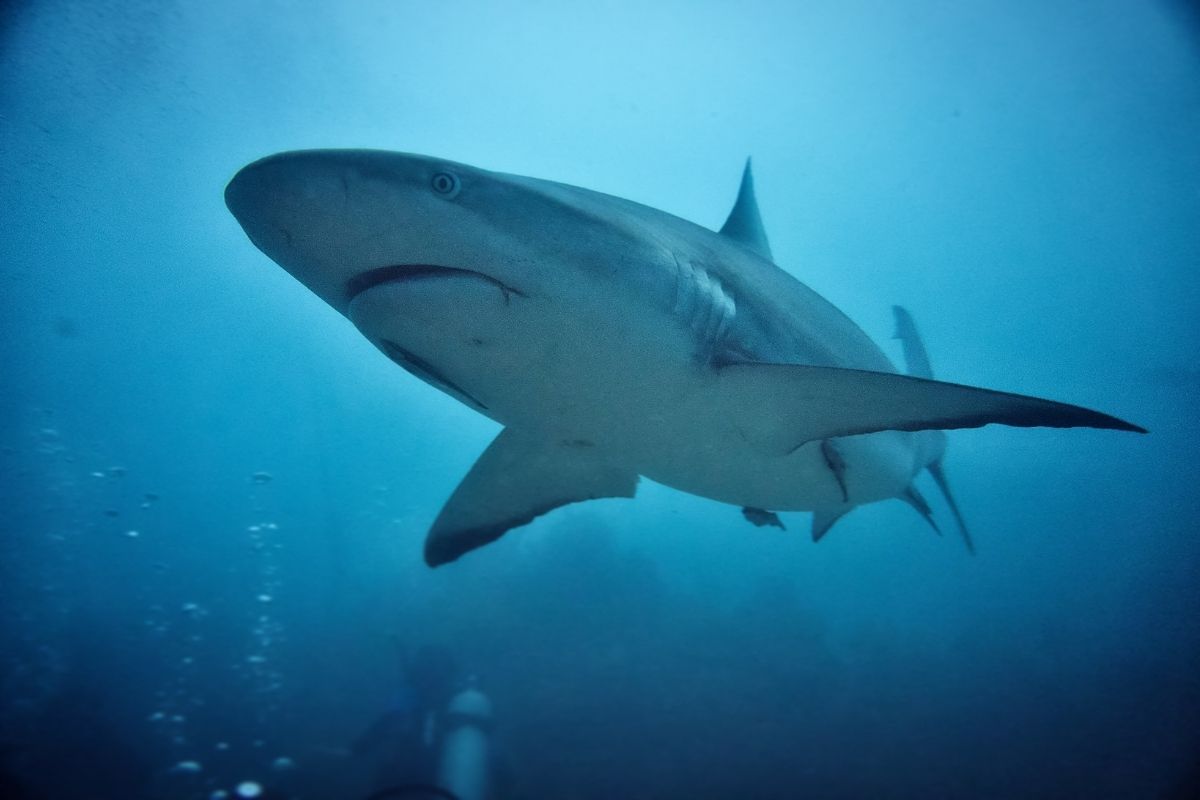
Cuba is home to around 54 species of shark, this may not sound a lot but scientists estimate that around 20% of the world’s 500 shark species swim in the Cuban waters, which is impressive for a small island like Cuba!
Since sharks love warm waters, Cuba is the ideal place for them as it sits in between the Atlantic Ocean and Caribbean Sea.
With sharks being so common in Cuba, it may not be entirely possible to avoid them, but it’s useful to know what places they frequent more often so that you can be aware, such as Jardines de la Reina, where shark sightings are virtually guaranteed.
Even if you are going to be swimming in shark infested waters, not to worry, the number of shark attacks on people is relatively low.
But if you are planning to be snorkeling or scuba diving, ensure that you get proper guidance beforehand and research the waters that you’ll be diving in.
Box Jellyfish
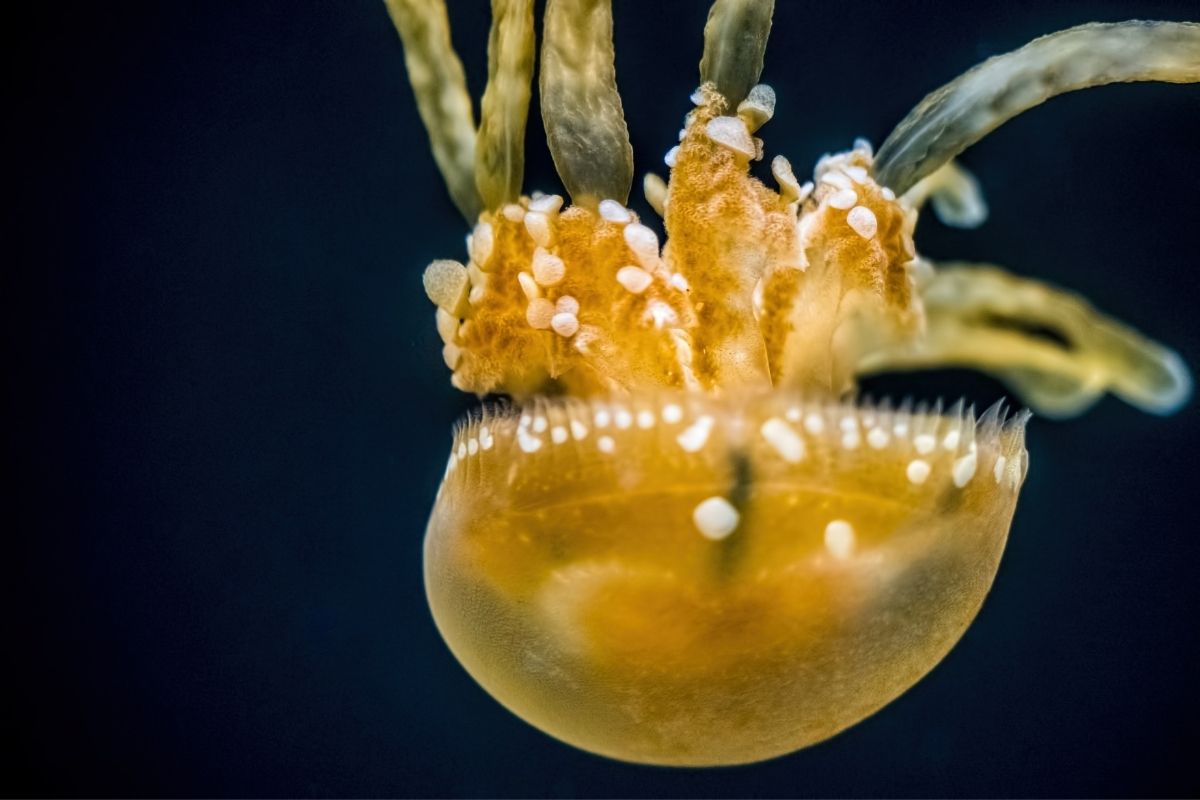
The box jellyfish is regarded as one of the most dangerous animals in the world, its venom contains toxins that can attack the human body’s nervous system, heart and skin cells which can lead to death in serious cases.
The box jellyfish has a beautiful, iridescent body, but you should never be tempted to touch it, unless you want these painful symptoms to happen to you.
If you’re going to be swimming in the ocean, make sure that you take the proper precautions.
Make sure to research the area in which you will be swimming, to see if box jellyfish are known to frequent those waters.
If you’re going to be scuba diving or snorkeling, the wetsuits that you’ll wear are regarded as effective protection against box jellyfish stings.
Crocodiles
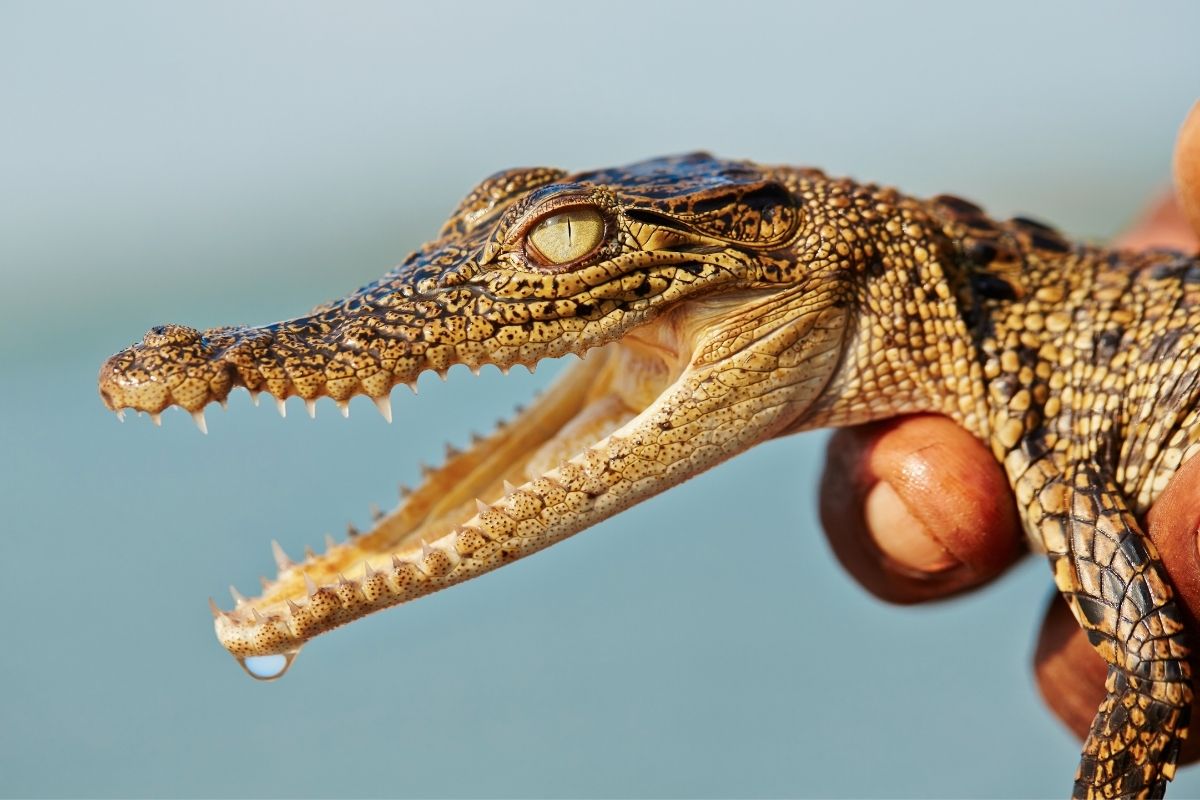
You probably know how dangerous crocodiles are without us needing to say it, but we’ll go into more detail to give you some information about them.
Crocodiles, or more specifically, Cuban Crocodiles are usually found in the swamp habitats of Cuba, and have a stocky build which makes them quite adept on land, allowing them to run pretty fast.
Crocodiles will almost always leave you alone unless they’ve been provoked or they’re hungry.
But if you see one, it’s best not to take the risk or get any closer to them.
They’re extremely speedy in the water and on land, making it quite frightening if you do see one.
Ensure that if you’re going to be venturing to any of the swamps in Cuba, that you do some research on the environment you’ll be visiting, and make sure to take extra precautions whilst you’re out there and keep your distance from the crocodiles if you do see any.
Bark Scorpion
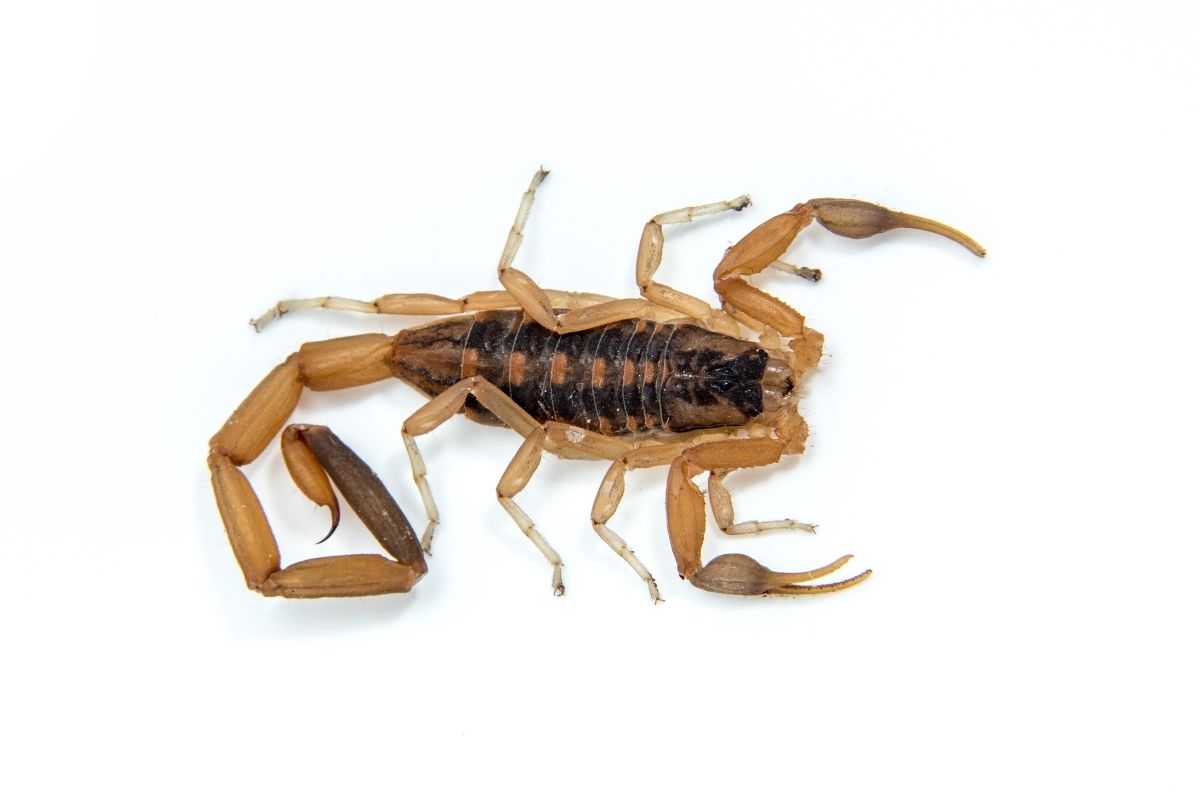
Bark scorpions are tiny creatures that grow to around 2-3 inches long.
But don’t mistake their small size for them being any less dangerous than the other animals on this list.
These scorpions are the most venomous of their kind in North America, their sting can cause severe pain in humans which can last between 24 hours to 72 hours.
They prefer to be in cool and moist places, such as under rocks, in houses or in crevices.
You’ll have to watch where you’re walking and be aware because these tiny creatures could be resting in places you can’t see, and if they feel threatened in any way, they will sting you.
Luckily there is an antivenom, so if you are stung make sure to seek emergency medical assistance as soon as possible, it can be life threatening if you don’t.
Cuban Boa Snake

The Cuban boa snake is one of the larger species of boa, they can grow up to 5 meters in length and are usually found in the dry forest scrubs of Cuba.
They have relatively poor eyesight so they tend to rely on their tongues to smell the air and if they feel threatened they won’t hesitate to attack.
They’re not venomous but they are still very dangerous, they’ll tend to use their teeth to catch their prey and then wrap around their prey’s body and squeeze them.
They can usually be found in holes and rock piles on cultivated land, so if you’re out exploring just make sure to keep an eye out for these snakes and ensure that you don’t accidentally step on one, it’ll make them really angry!
Cuban Bronze Tarantula
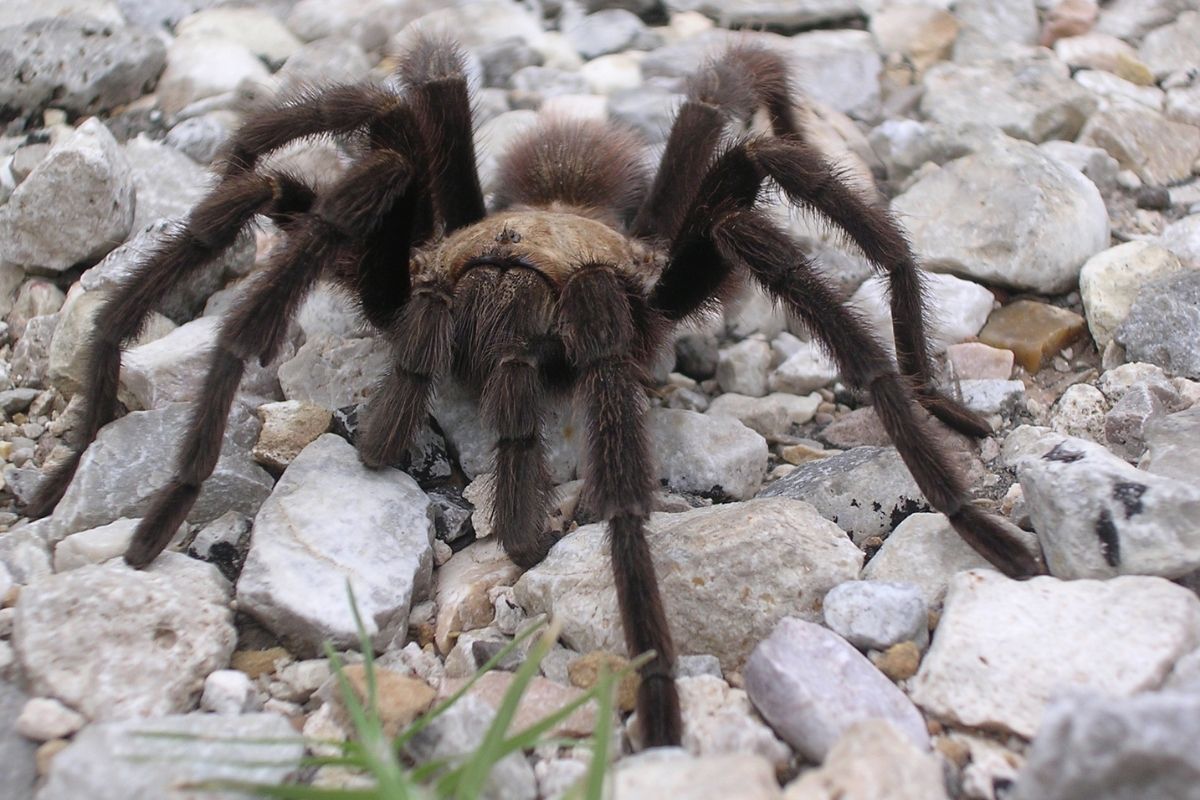
The Cuban bronze tarantula is endemic to Cuba, and they are often found in the more tropical regions.
It has a venomous bite that may not kill you, but will still be immensely painful if their teeth come into contact with your skin.
If you’re going to be exploring the more tropical regions of Cuba, make sure that you keep an eye out for these scary tarantulas.
Mosquitoes
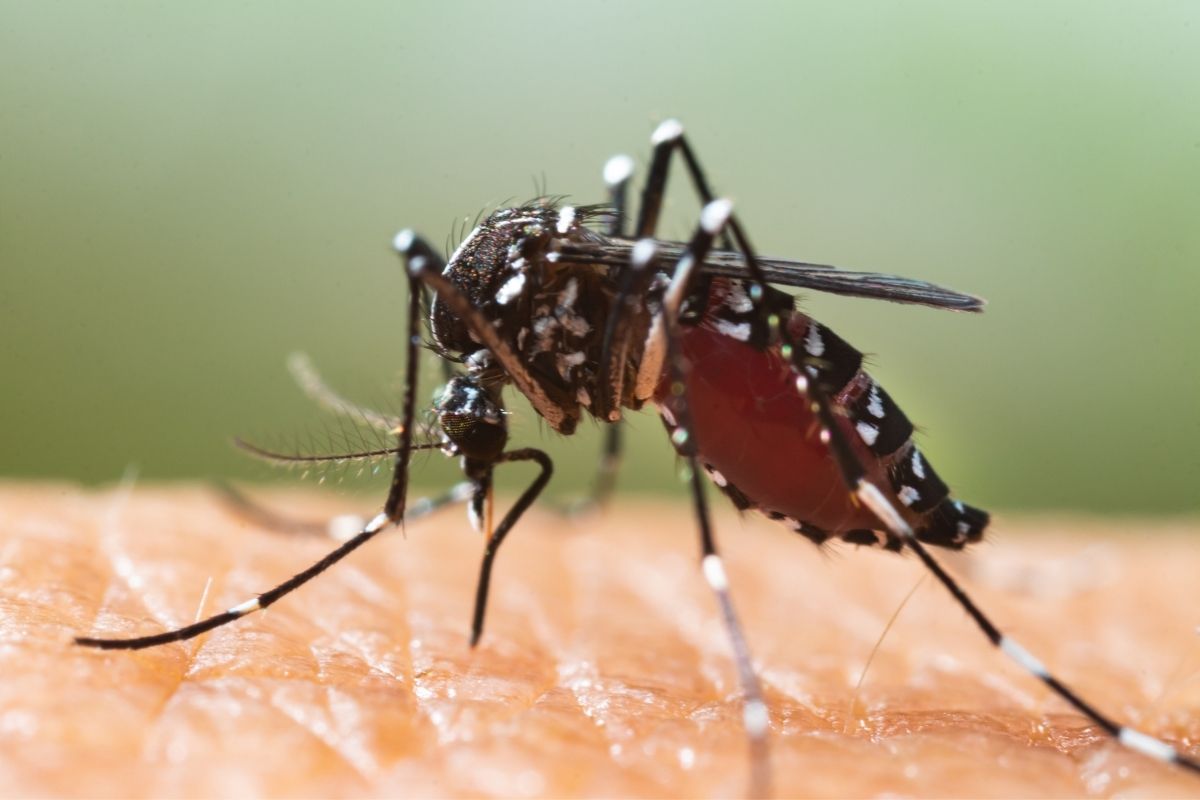
Now you may be wondering, really?
These tiny insects are usually harmless to most people except for causing annoying bites that itches for days, but they can actually be much more dangerous than people think.
Mosquitoes can transmit malaria and the zika virus on to humans, which can both be life threatening in some cases.
We know that mosquitoes prefer warmer climates and the mosquitoes in the Caribbean are no different, in fact mosquitoes found in the Caribbean have been known to pass on malaria and the zika virus.
To reduce your chances of becoming infected, make sure to use mosquito repellent and mosquito nets when sleeping because even if the mosquitoes aren’t carrying the virus, it’s still worth repelling them to not deal with the itchy bites they give you.
Final Thoughts
So that’s that, the most dangerous animals in Cuba.
As long as you keep your wits about you and ensure that you’re taking part in activities in a safe and controlled manner, you should have nothing to worry about in regards to these animals.
Cuba is an amazing, beautiful country and you shouldn’t let these animals put you off going, this is just so that you’re informed about what type of animals are there so that you can be educated and on your guard.
- What Is The Largest Island In Cuba? - September 19, 2022
- Havana – Why Is It Cuba’s Most Exciting City? - September 19, 2022
- Cheapest Time To Visit Cuba (Ultimate Guide) - September 19, 2022


